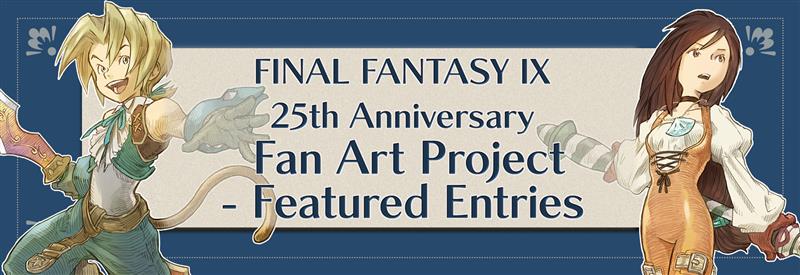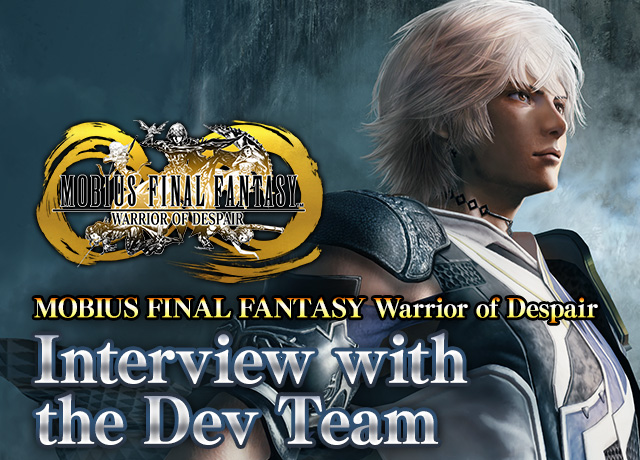
“Warrior of Despair,” act two from MOBIUS FINAL FANTASY, will be released in December! To celebrate, we’ll be posting special interviews to the FF Portal Site. Don’t miss the MOBIUS FINAL FANTASY wallpapers that are also currently available!
What is MOBIUS FINAL FANTASY?
Before going on to the interviews, here’s a quick review of the basics of MOBIUS FINAL FANTASY.
■About MOBIUS FINAL FANTASY
Headed by famed producer Yoshinori Kitase (FFVII, FFXIII) and developed by veterans of the FINAL FANTASY franchise, MOBIUS FINAL FANTASY heralds a new era of mobile RPG gaming.
■MOBIUS FINAL FANTASY, Act I: Warrior of Light
Wol washes ashore the strange land of Palamecia, a world overrun by Chaos and its legion of fiends. Here, he learns of an ancient prophecy passed down through the ages.
“When darkness shrouds the land, the Warrior of Light will come.
Hope rides in his wake.”
To ensure his survival, Wol takes on the burden of the prophecy, but quickly learns the truth, that it is a creation born from Palamecia’s “system.” To defy his so-called destiny, he unites with Princess Sarah and the spirit Echo, pawns of the system, and the heretics Meia and Garland to defeat Chaos and tear down the mechanism behind it all.

Special Interview Pt. 1: The Story
Motomu Toriyama, director of MOBIUS FINAL FANTASY’s new act, “Warrior of Despair,” talks about the upcoming scenario as well as concepts and behind-the-scenes stories from act one!
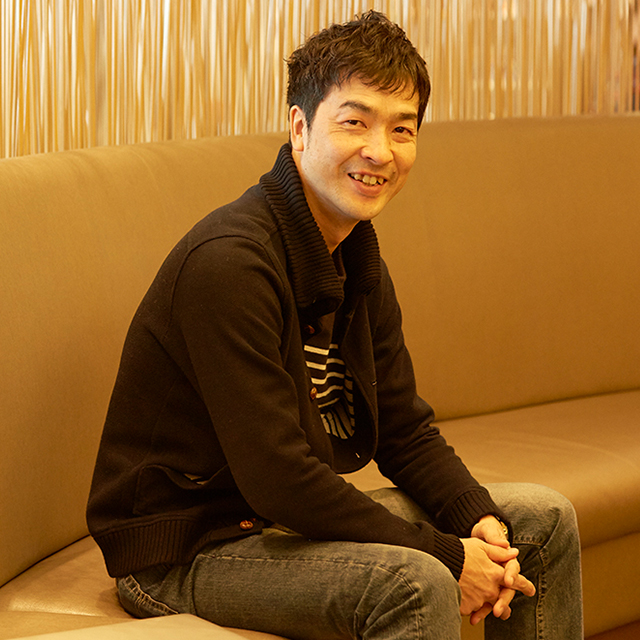
―The second act, “Warrior of Despair,” is about to kick off. What happens in the upcoming story?
In the first act, “Warrior of Light,” the protagonist Wol finds himself in the world of Palamecia, where he heeds the words of the prophecy and is forced to play a part in the “tale of hope.” Ultimately, Wol and his friends defeat Chaos and the tale ends, but as a result, the world of Palamecia is reset along with people’s memories, and that’s where this act begins. Though this may seem like a time of despair from Palamecia’s perspective, for Wol and his friends, they’re finally in a world free of Palamecia’s burdensome tale. The story of the Warrior of Light is over, everyone has lost their memories, and the old ways of Palamecia are no more. The beginning of the new act depicts how Wol and the others decide to live in a prophecy-free world. Though the keyword is “despair,” the introduction to the new story isn’t about a dark time. Some episodes even illustrate the carefree nature of the characters’ daily lives, something we weren’t able to portray in act one.
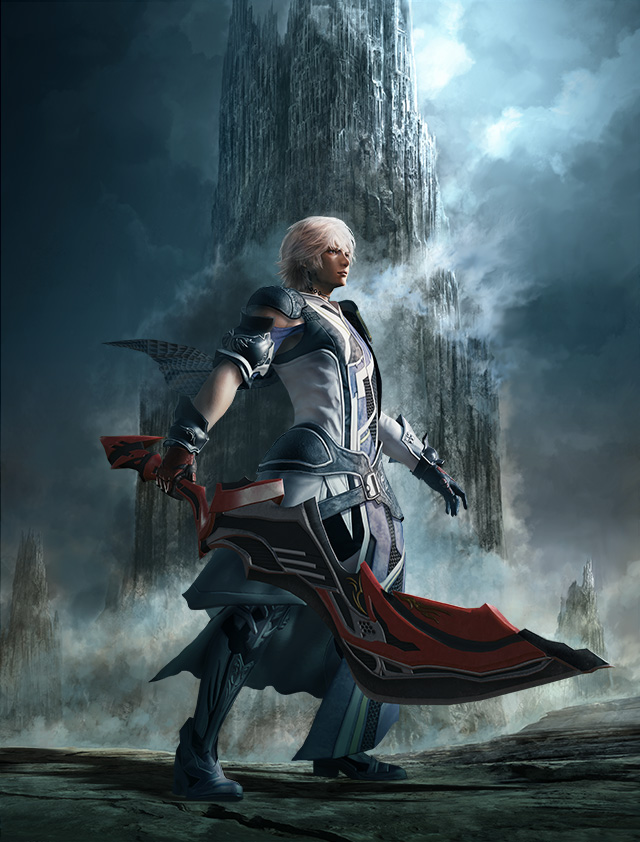
―Will Wol continue to be the protagonist?
As rendered in the new logo, several characters’ stories will be told simultaneously, with the events of each affecting the others, eventually intertwining to become one. The turning points of this act are where their stories connect. Wol lives a peaceful life in a village where he works as a guard. In the first act, he and Sarah were the Warrior of Light and the princess, but in the new act, they have a completely new dynamic.

―What happened to the memories of characters like Wol?
The people of Palamecia’s memories were lost and reset, but those of the heretic Meia and destroyer of the prophecy Wol still remain. No one else, including Sarah, recalls a thing. As the world is reborn, they build new relationships and lives. None remember where they’re from or what they did before, but they recall their names and know how to perform basic daily duties. They start their lives over with the mindset and knowledge of someone their respective ages.
―Speaking of heretics, what happened to Garland at the end of the first act?
Palamecia’s system allows the Warrior of Light to send someone, including themselves, to the world outside. Garland attempts to save Sarah (by taking her there to release her from Palamecia’s grasp), but ultimately leaves her in Wol’s hands and gets swept there himself.
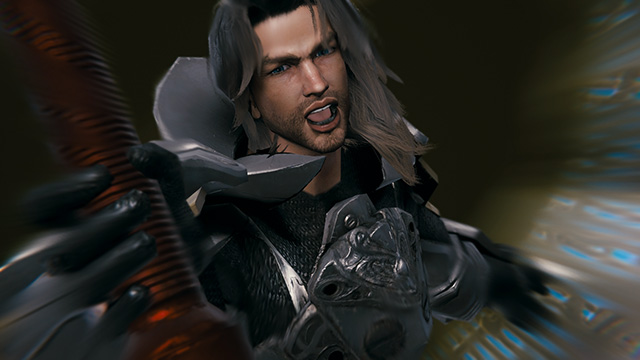
―Echo’s gone too.
She...is. At least, she’s disappeared from Wol’s life. Wol’s Echo is gone, but various types of Echoes from the Echo race appear in act two. With the destruction of the system, Echoes reappear as faeries and can be seen by everyone. No longer tasked to guide the Warrior of Light, each Echo lives a life of its own. Of course, there are some who are loyal to the system and attempt to bring it back, while others enjoy their newfound freedom.
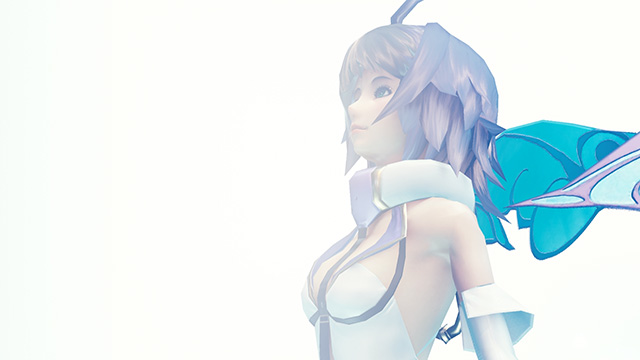
―Though we saw it coming, it was hard to watch Wol lose Echo. Was there a sense of “Echo loss” within the team? Also, how will the story of an Echo-less Wol be told?
With this so-called “Echo loss,” Wol ends up talking to himself a lot [laughs]. That’s one of the reasons a lot of sub-characters are introduced in the new act. His days may be more lively than expected. With the destruction of Palamecia’s system, the characters are no longer guided by it and finally have their freedom. Wol enjoys his leisurely yet somewhat boring life. When much isn’t going on around him, the stories of other characters are told, and through them, his story is too. Speaking of freedom, the game also introduces a free questing feature. We’d like to see what will happen by incorporating an open world environment in MOBIUS FINAL FANTASY.
―What was the concept of the first act, “Warrior of Light”?
First and foremost, we wanted to make a proper RPG for the smartphone. As an ongoing title, the question, “How should we strive to keep releasing new story content?” was always in the forefront of our minds as we constructed the story and developed the game. Due to the nature of smartphones, we needed each episode to be playable in a short amount of time, and we wanted the plot to move at a fast pace, so the story needed to be somewhat open-ended. It worked out well because the world of Palamecia itself was created as an open-ended element, and I feel that meshed well with the game’s characteristics and story.
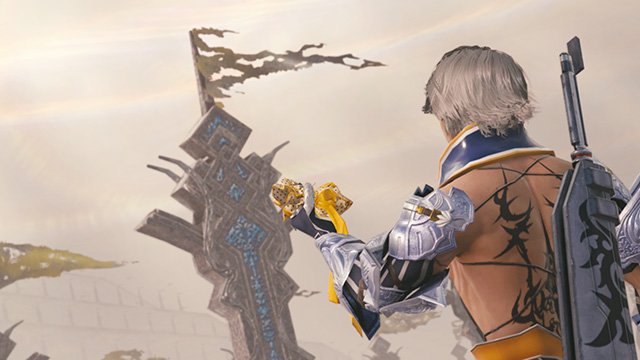
―Did any parts of the story change after the initial release?
Yes, because not all game features or graphics were completed from the beginning. For example, there was a last-minute decision to introduce a female character (Meia) before release, but we needed time to prepare her. By giving her a hood, the content could be ready in three months, so she was introduced in the tower event as a character shrouded in mystery. Other than that, there weren’t any major changes to the story, though having Princess Sarah join the fight at the end was a turn of events not even the Palamecian system saw coming [laughs].
―Has the end of this act already been decided?
As with act one, the general story is complete. The content will be created by chapter, with each chapter to be released monthly. Compared to the previous act, though, this one has much more content. All of the characters have their own episodes, and to kick off the story is newcomer Sophie.
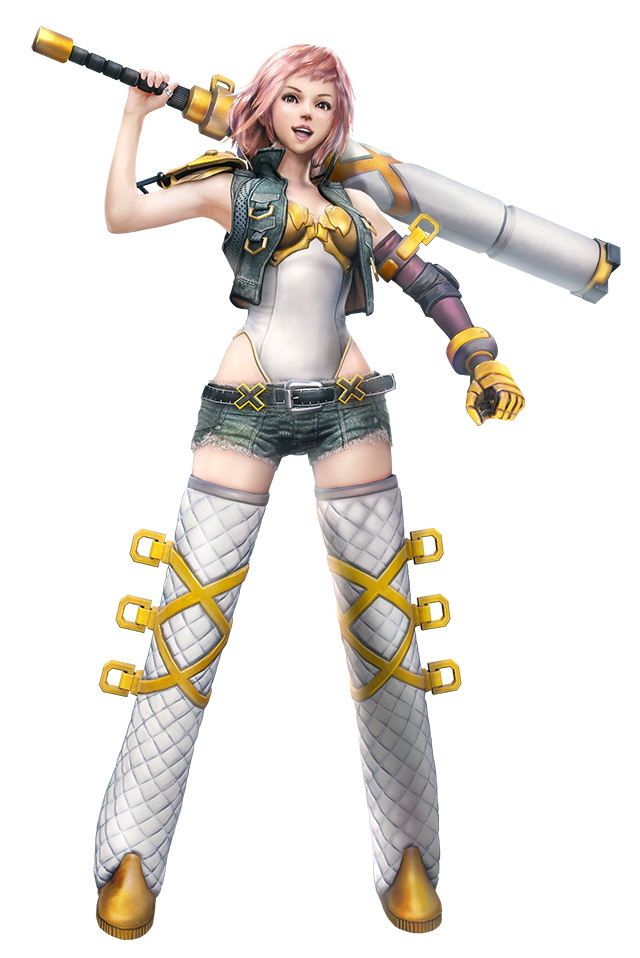
The new act begins with the entire world having been reset, where everyone starts over as a common townsperson. With the destruction of the system, Palamecia is a stage with actors, but lacking a script or director. The story will be told in a way that when characters gradually begin to develop their own unique thoughts and wills, players will ask themselves, ”Is this part of Palamecia’s new system? Maybe what was once destroyed is about to be set in motion again,” as they question and examine the events that unfold.
We hope you enjoy what’s to come.
Special Interview Pt. 2: The Battle System
We’re here with Mr. Takashi Shiraga, the project leader of MOBIUS FINAL FANTASY’s second act, “Warrior of Despair,” to learn all about the new battle system!
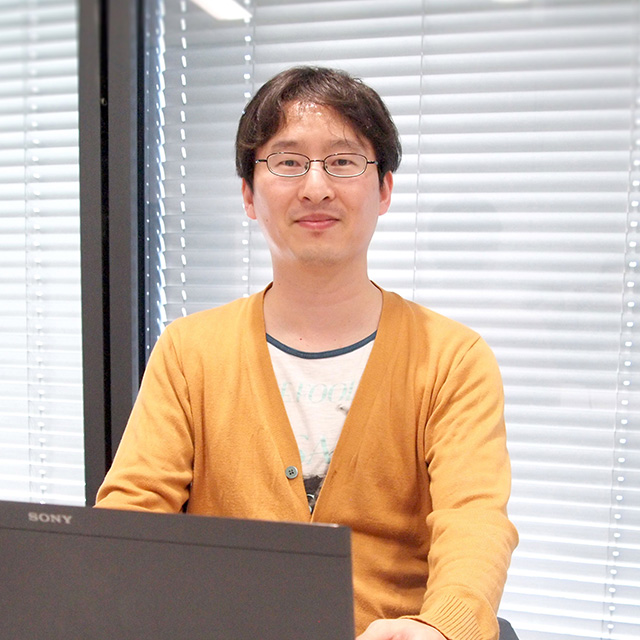
―We heard the battle system has undergone quite a change, but can you give us any details?
The biggest change is the timing of player and enemy attacks. Until now, actions were performed in blocks, so if the player had ten actions in a single turn, they would perform all ten consecutively before the enemies would theirs. With the new battle system, player and enemy actions are taken alternately.
―Why did you decide to implement a new battle system? And why this system?
One of the reasons we decided to change the battle system is because we wanted something more interactive. Until now, the goal was to take down the enemy before they could do anything. The “Break Loop” strategy was created, but that still wasn’t enough to diversify the battles.
We had also reached a point where we were limited when it came to devising new enemy actions and strategies. The enemies were fairly straightforward, and our only options were to make them difficult to defeat or boost their defenses and make them impossible to break.
With the new battle system, actions are alternated. If the player has ten actions and the enemy two, the player will perform five actions, the enemy one, the player five, and the enemy one. The new system also takes speed into account, so a swift enemy might attack after two player actions when the player has a total of five. This system was constructed to allow the player to create a battle plan based on the enemy and their characteristics. Our goal is to provide players with more flexible and diverse strategies.
―What should players keep in mind with this new battle system?
Pay attention to your defense. The previous battle system was all about boosting your strength and focusing on offensive abilities to defeat enemies quickly. Now, you need to steel yourself for enemy attacks, so it’s important to consider a strategy that’s both offensive and defensive. Attempting battles with an attack-heavy strategy may result in a quick and painful loss.
―Will completely new job compositions be required?
Defense is important, but that shouldn’t be the only point of focus. We’re creating a system where the player also needs to take into account enemies’ characteristics. Some enemies are easier to defeat with a strong offensive job, so offensive jobs will continue to be relevant. Numerous varieties of enemies will allow for different jobs to come into play.
The biggest adjustment made to the battle system is that more jobs have become relevant. Until now, defender types weren’t very popular, but we’ll be adjusting enemy characteristics to let defenders be the job of choice too.
―Are there any jobs that weren’t popular before, but will be with the new battle system?
All defensive jobs in general, especially Heretical Knight and Legendary Guardian, will most likely be popular. The new battle system has already been incorporated in Japan, and there, many players seem to favor Legendary Guardian. If the Action Gauge is filled enough, you can switch to an attacker job and switch back before the enemies take their actions. We urge you to try new strategies that weren’t viable before.

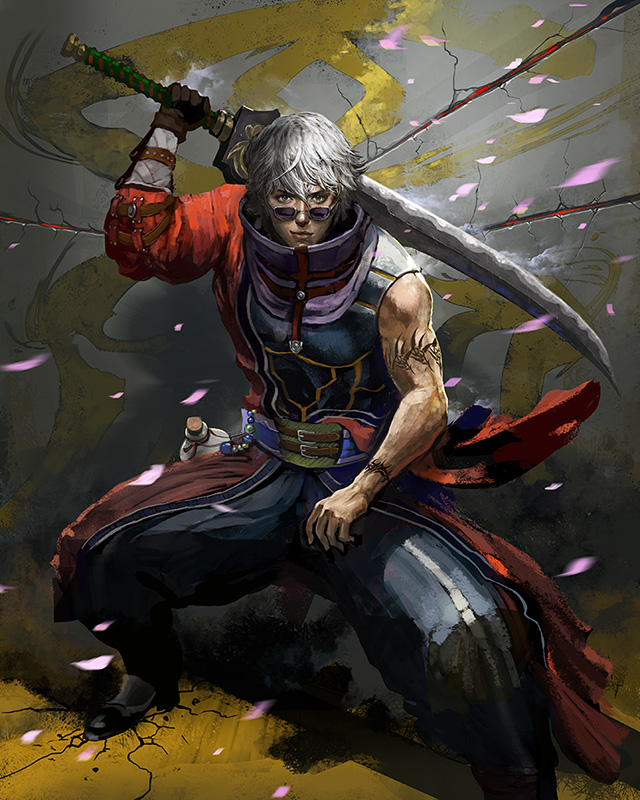
―Are there any other exciting new features?
Sub-attacks. While maxing out your gauge will trigger the Mobius Zone, you can still use a partially filled gauge to use the ability of a sub-job. For example, if you set powerful attacks to your main job and Break-gauge-reducing abilities to your sub-job, you can aim to Break enemies, diversifying your strategy. A job change requires time to switch back and forth, so this maneuver is convenient when you’re in a situation that doesn’t necessitate such a strategy.
―Are there any abilities that weren’t popular before, but will be now?
That would have to be Barrier- and Wall-type defensive abilities, or abilities that lower enemy strength like Curse and Debrave. Until now, abilities that lower enemy stats were rarely used, but they will become important for battles that force you to endure enemy attacks with defensive jobs.
Quicken is also recommended. It’s useful for performing as many actions as possible with your attacker job before switching back to your defender job.


―Tell us about the new Mobius Zone feature.
Mobius Zone is a special feature that triggers automatically when the Action Gauge is maxed out. First of all, when triggered, you gain eight consecutive actions specific to the Mobius Zone. Enemies are not be able to perform any actions during these eight actions.
Second of all, abilities used during the zone don’t require any element orbs. You can unleash abilities without the necessary orbs, which includes abilities that require different elements.
Third of all, you can change jobs without limitations. In the previous battle system, there was a set number of recast turns in order to change jobs. Now, you can change jobs by consuming the Action Gauge, and in the Mobius Zone, you can change jobs all you want without consuming the gauge at all. You can try a strategy where you begin as a defender, switch to an attacker job once the zone is triggered, and change back with your last action.
―I see. The feature gives the players quite an advantage. Being able to trigger it at will opens up the possibilities to more than a few strategies.
That’s right, and speaking of advantages, there’s another important aspect of the feature. When the zone is triggered, even if your Ultimate gauge isn’t filled, you can change jobs and unleash the Ultimate of that job. Not only that, if your Ultimate gauge is maxed out when the zone is triggered, you can unleash the Ultimates of both your main and sub-jobs consecutively. However, unleashing your sub-job’s Ultimate will end the zone regardless of whether or not you’ve taken all eight actions, so the primary rule is to take your actions prior to unleashing that Ultimate.
―Two consecutive Ultimates! That sounds incredible. Which jobs would you recommend for this strategy?
In regards to sheer power, Shorn One and Ascetic are a good combination. Shorn One has the auto-ability Spellsword, which imbues Ultimates, which are generally non-elemental, with elements of your weapon. Ultimates imbued with elements that line up with enemy weaknesses deal much more damage. What makes it a good combination with Ascetic, is that Ascetic’s Ultimate imbues your weapon with the enemy’s elemental weakness. Unleashing this attack and imbuing your weapon with those elements and then unleashing Shorn One’s Ultimate will allow you to attack the enemy twice with elements to which it’s weak. Try it out for yourself!

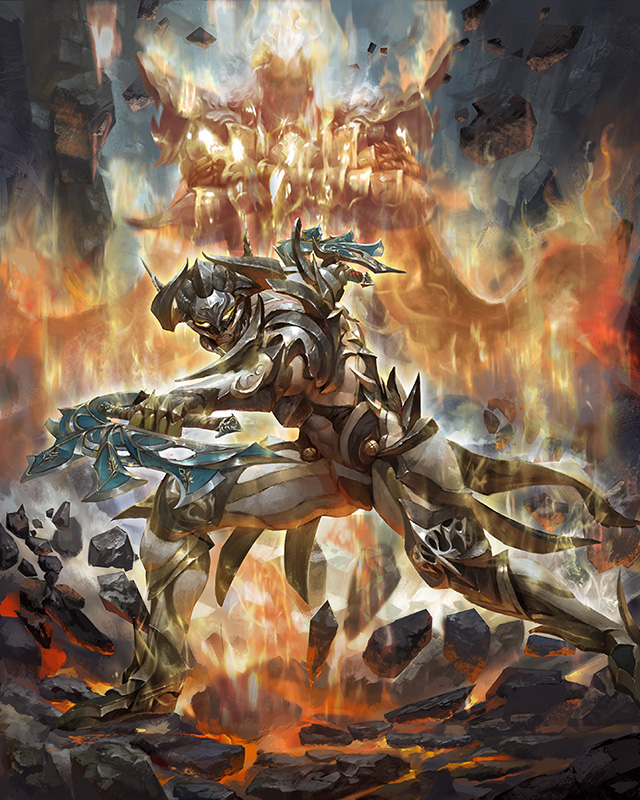
―Who came up with the name “Mobius Zone”?
We had been using “Mobius Zone” as a placeholder in the planning stages... This might require a lengthy explanation, but the Mobius Zone feature didn’t exist in the early stages of development.
―I see! Then how did it come to be?
When adjusting the battle system, we realized the balance was off and the battles were one sided, so we decided to implement a new system to resolve these issues, as mentioned previously. They were the only issues we were planning to address, but as we began developing the system, it felt not only lacking compared to before, but oddly paced with no positive elements.
―From the player’s point of view, it does seem like the adjustment makes the player susceptible to more enemy attacks.
That’s why we wanted to add a positive element, something exciting to offset the negative. When we thought about what constituted “exciting,” we imagined “being in an awesome state.” So then we discussed what it meant to “be in an awesome state,” which led us to the conclusion of “being in the zone,” like when athletes, for example, are extremely focused to improve their performance. We then decided to give the player eight additional actions, since the number 8 looks like a mobius strip, and that’s how we decided on the Mobius Zone.
When the zone is triggered, a graphic appears with the infinity symbol replacing the O’s in “Mobius Zone.” When we saw that, we were blown away by the creative minds of the design team. The battle team was excited that some sort of miracle had occurred despite it having been a tentative name for the feature [laughs].
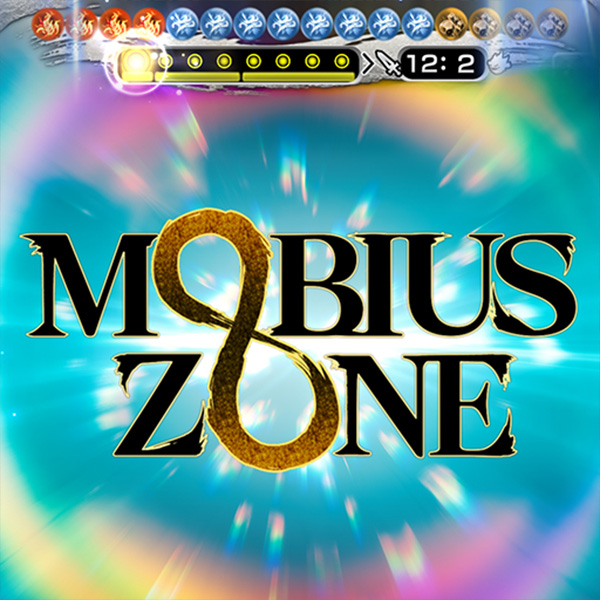
Exclusive Wallpapers
Wallpapers commemorating the release of MOBIUS FINAL FANTASY’s new act, “Warrior of Despair,” are available through the FF Portal App!
Wallpaper: "Warrior of Despair" Main Visual

Valid Until January 31, 2019 (GMT)
Wallpaper: Original Illustration "Another"

This exclusive wallpaper features original artwork by MOBIUS FINAL FANTASY character designer, Toshiyuki Itahana!
Valid Until January 31, 2019 (GMT)
Download the wallpaper on the FF PORTAL APP!
Download the FINAL FANTASY Portal App here!
MOBIUS FINAL FANTASY is now available as a free download on the App Store, Google Play and now in full HD on STEAM®.
North America, Europe and PAL territories
France
Germany
Taiwan
Hong Kong
Macau
South Korea
MOBIUS FINAL FANTASY official sites:


